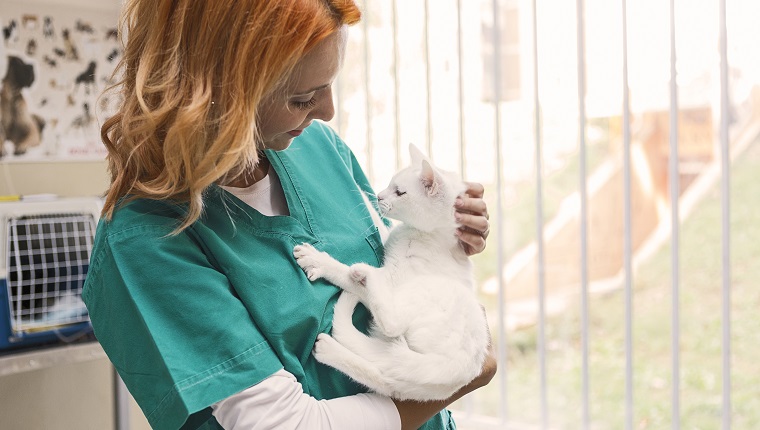Clindamycin for cats is an antibiotic medication that veterinarians prescribe to treat a range of infections, including bone and dental issues. It’s the generic drug name for a medicine that’s also sold under the brand names Cleocin, Antirobe, and Clindacure.
The drug works by targeting the bacteria causing the condition, preventing it from spreading and growing.
You’ll need a veterinarian’s prescription to purchase this medication. Closely follow your vet’s instructions for the correct and safe dosage and frequency. It comes in both tablet form and as oral drops. You can easily order clindamycin for your cat online from Chewy’s pharmacy with your vet’s prescription.
Here’s what you should know about the uses, dosage, and side effects of clindamycin for cats.
Uses Of Clindamycin For Cats
Veterinarians generally prescribe clindamycin for cats to treat a significant range of infections. They frequently prescribe it to deal with dental and bone issues.
When administered correctly, the drug works by preventing the offending bacteria from successfully growing.
Dosage Of Clindamycin For Cats

The following is a guideline for typical use of the drug in cats and must not replace your veterinarian’s advice for your individual pet.
Veterinarians usually prescribe clindamycin for cats in a dosage of 5 to 10 mg per pound of the cat’s body weight every 24 hours.
Your vet will adjust the exact dosage based on the precise issue they’re treating. Your vet will also determine the correct length of treatment. Whether in tablet or oral drop form, your vet should also show you how to safely administer the medication to your cat.
It’s important to always follow the exact dosage and administration instructions as detailed by your vet. This includes the length of time you should give the medicine to your cat. Even if symptoms clear up early, it’s imperative that you finish administering the full course to your cat.
Side Effects Of Clindamycin For Cats
The most frequent side effects that appear in cats who take clindamycin are vomiting and nausea. In many cases, antibiotic medication can also cause diarrhea in cats.
In the case of an overdose, contact your emergency veterinarian right away.
Has your cat ever taken clindamycin for a medical condition? Did it help your cat recover? Let us know in the comments section below!









